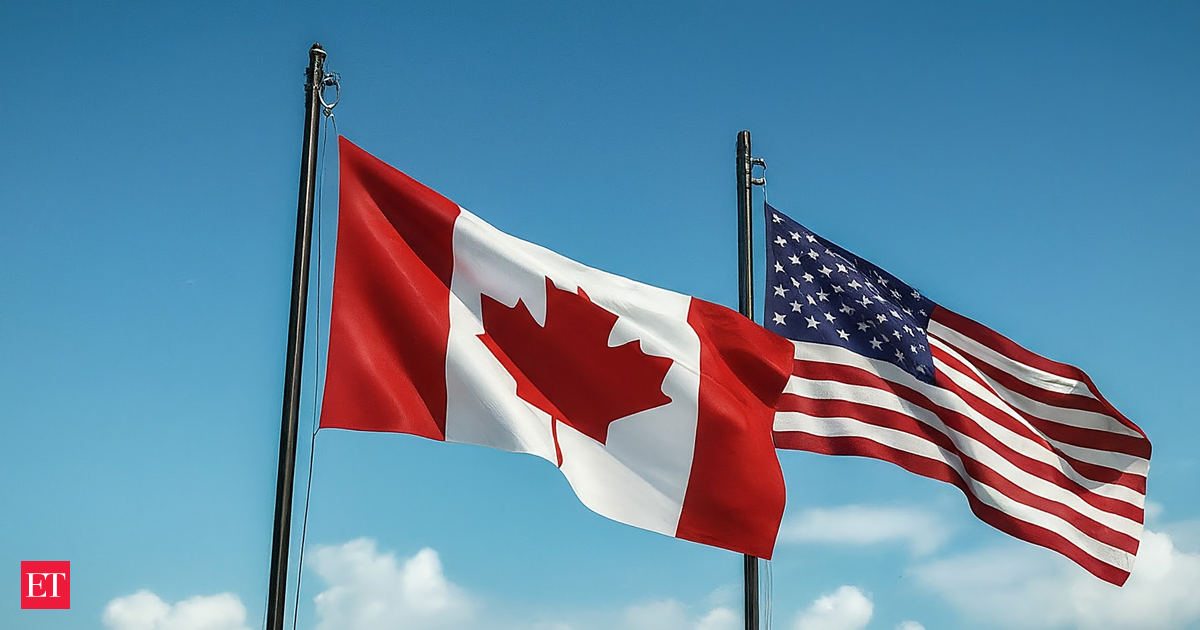Bank of Canada on Wednesday painted a dire economic picture, including the worst-case scenario of a protracted trade war with the United States — Canada’s biggest trading partner — triggering a recession and sending prices soaring.
Country’s Central Bank held its key lending rate at 2.75 per cent, pausing a stream of recent cuts due to shifting US trade policy and tariffs. It noted that after solid growth in late 2024 and inflation easing toward the bank’s 2.0 percent target, financial markets are in turmoil, oil prices have dropped, and the Canadian dollar has appreciated as a result of broad US dollar weakness.
“The major shift in direction of US trade policy and the unpredictability of tariffs have increased uncertainty, diminished prospects for economic growth, and raised inflation expectations,” the central bank said in a statement.
Tariff announcements and uncertainty have pulled down consumer and business confidence, leading to lower consumption and business spending, along with a decline in employment and slower hiring, the bank said.
In the short term, the bank said it expects prices to rise as a result of the trade conflict and supply disruptions.
 Live Events
Live Events
But it said it would “proceed carefully” and continue to assess “downward pressures on inflation from a weaker economy and the upward pressures on inflation from higher costs.””Monetary policy cannot resolve trade uncertainty or offset the impacts of a trade war,” it added. “What it can and must do is maintain price stability for Canadians,” the Bank of Canada stated.FAQs
Q1. What do we know about Canada’s lending rate?
A1. Bank of Canada held its key lending rate at 2.75 per cent, pausing a stream of recent cuts due to shifting US trade policy and tariffs.
Q2. What has Bank of Canada stated?
A2. Tariff announcements and uncertainty have pulled down consumer and business confidence, leading to lower consumption and business spending, along with a decline in employment and slower hiring, the Bank of Canada said.
